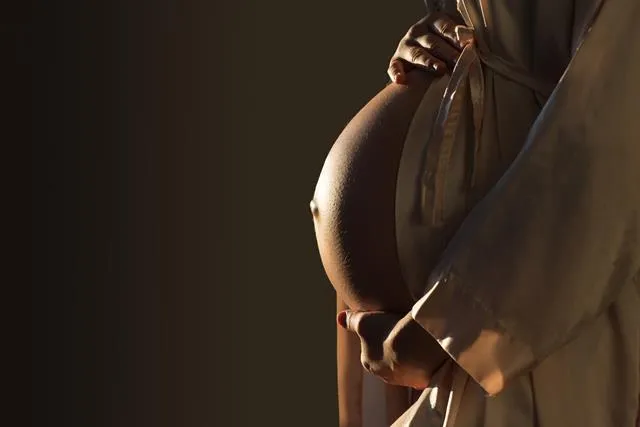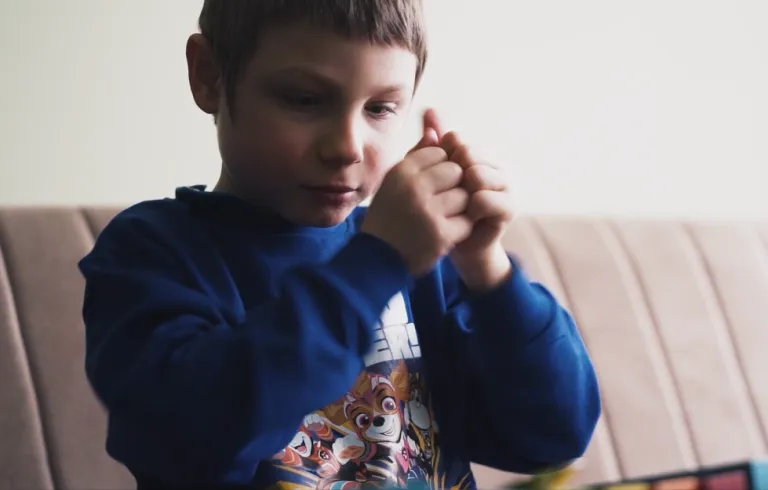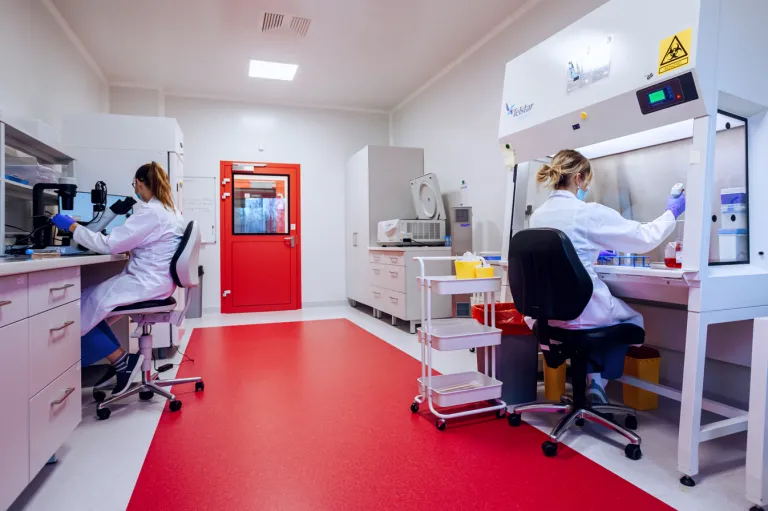Premature placental detachment, or in other words, separation of the placenta, is a complication that occurs most often in the second half of pregnancy and is categorized as an obstetric emergency. This is because it can result in serious complications and even death of the woman or child. Therefore, it is very important to properly intervene and recognize placental detachment. What are the risk factors and symptoms of this dangerous condition?
Placental detachment- causes and risk factors
The causes of premature separation of the placenta mainly include changes in the uterine and placental circulation and abnormal vascularization of the placental plate. Physiologically, the “detachment” of the placenta occurs at 3. period of labor. And when the placenta separates from the uterine wall earlier-we have the described premature placental detachment. Bleeding occurs at the site of separation, and given that about 600 ml of blood per minute flows through the placenta, the situation can have dire consequences. It involves very high blood loss for the mother and insufficient oxygen and nutrient supply to the baby.
Women with hypertension are at greater risk of placental detachment. In addition, contributing factors include multifetal pregnancy, multifetal placenta, placenta previa, or a short umbilical cord and uterine abnormalities. In addition, the risk increases after abdominal trauma such as a traffic accident. It has also been proven that the older a pregnant woman is, the greater the chance of placental detachment.
Placental detachment- symptoms and diagnosis
In 70-80% of cases in the course of premature separation of the placenta there is bleeding from the woman’s reproductive tract. If, on the other hand, blood collects between the uterine wall and the placenta, then the placenta may not be visible. In addition, women complain of abdominal pain and cramping discomfort. Making a diagnosis is made difficult by the fact that placental detachment often occurs during labor, when the symptoms do not signal anything alarming. During premature separation of the placenta, hypoxia occurs, which manifests itself in abnormalities in the KTG recording, and in the worst case scenario – the baby dies. Ultrasound in this situation is of limited use, as the extravasated blood can be mistaken for the placenta.
Complications of placental detachment
Placental detachment results in hemorrhage, which can be overt or discrete. The large amount of blood a woman loses every minute can lead to shock, clotting disorders and, in the worst case, death. Premature separation of the placenta is also associated with very serious complications for the baby. The larger the part of the placenta that detaches, the greater the risk of hypoxia in the baby and the consequences associated with it. When hypoxia lasts too long, the baby can die.
If premature separation of the placenta occurs before 37. week of pregnancy, the baby is at risk of complications associated with preterm labor and consequently prematurity. These include. Retinopathy of prematurity, necrotizing enterocolitis or respiratory disorders.
Placental detachment-treatment
Because of the serious consequences of a condition such as premature placental detachment, prompt and correct diagnosis is essential. Unfortunately, it is hampered by non-specific symptoms. The unclear clinical picture thus delays the inclusion of treatment. Most often, however, the management of placental detachment depends largely on the condition of the woman and the baby. Pregnancies complicated by premature separation of the placenta are terminated by cesarean section.
Placental detachment vs cord blood collection
The mere fact of premature separation of the placenta is not a contraindication to collecting cord blood from the baby. Medical personnel, on the other hand, may refrain from doing so when the life of the child or woman will be in danger. It is worth knowing that both during natural childbirth and by Caesarean section it is possible to collect enough cord blood to obtain a sufficient number of stem cells. More information on cord blood donation can be found here.
Rate this article:











